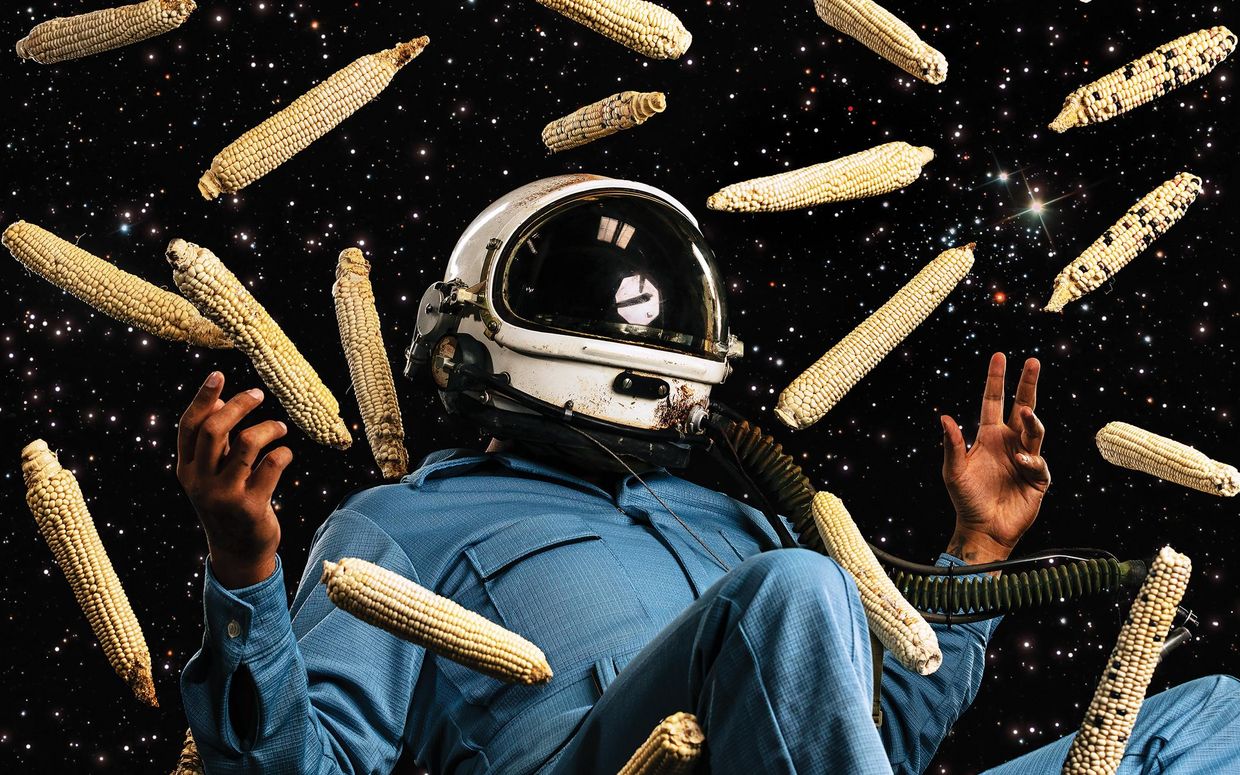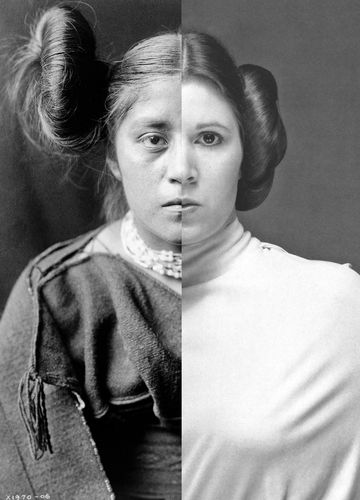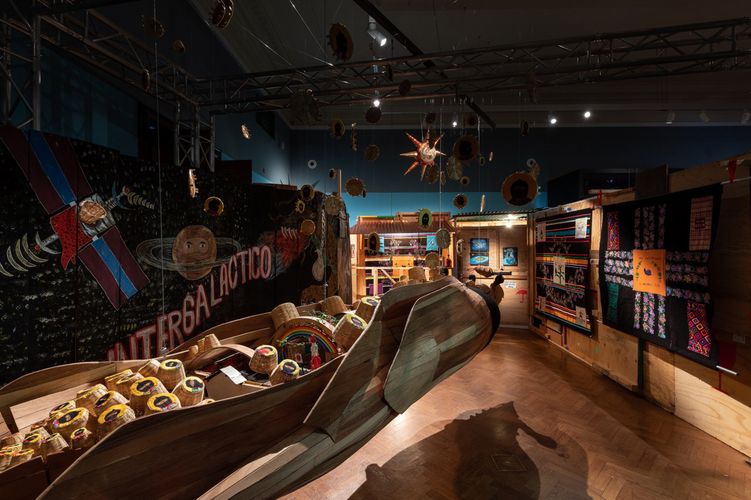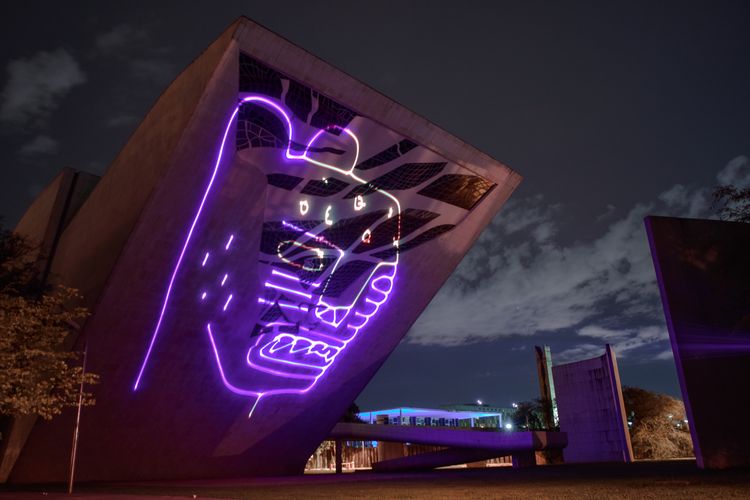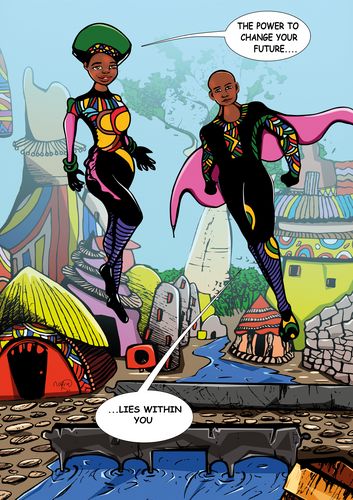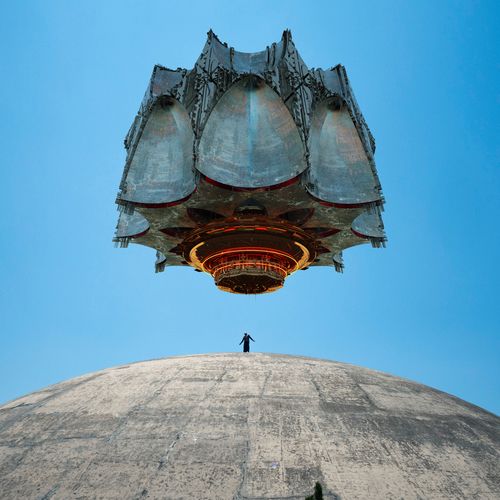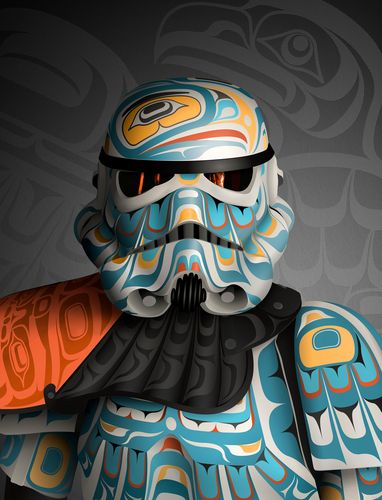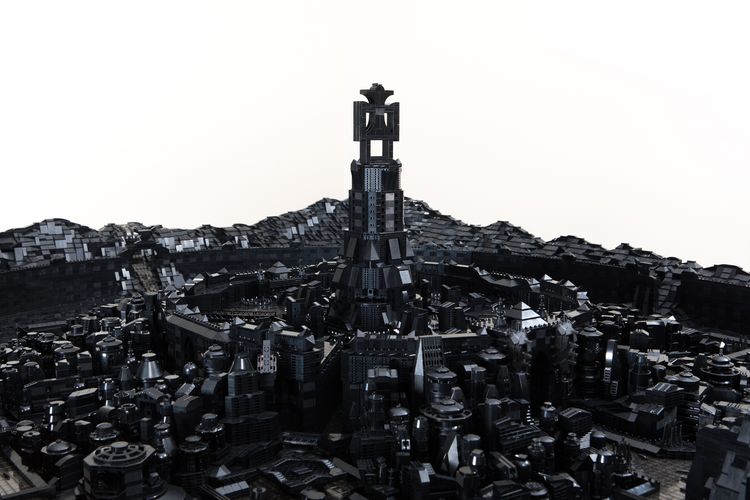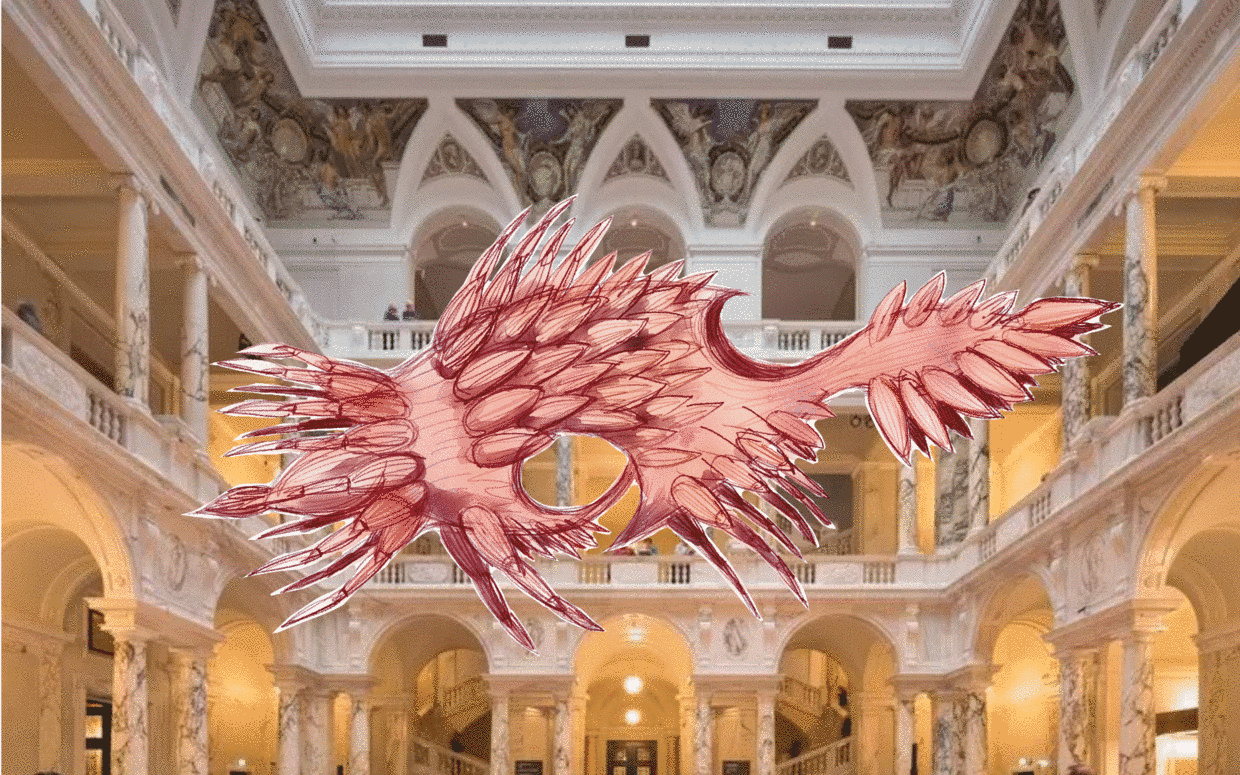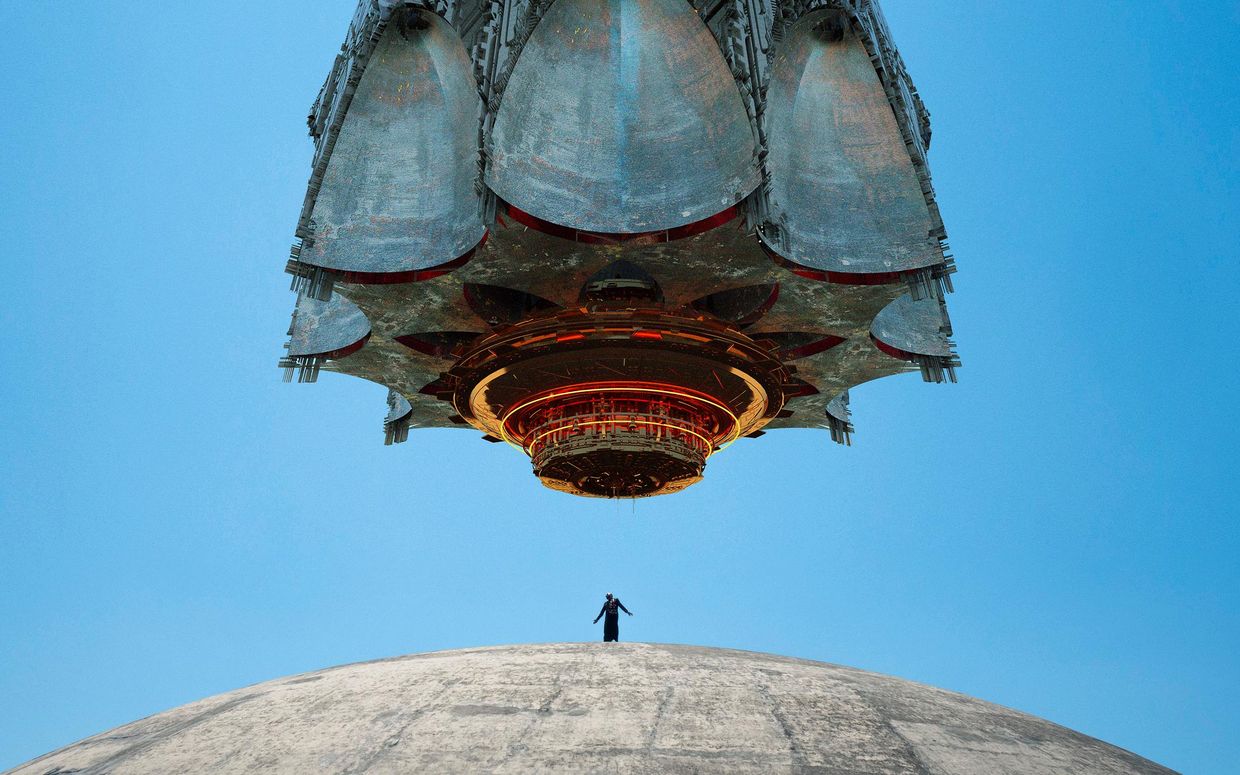About the Exhibition
How do we shape a future worth living with and for all? Science Fiction(s) presents voices that are often excluded from Hollywood's narratives about the future. Works by around twenty contemporary artists highlight different strategies for using science fiction as a tool for critiquing the present, creating alternative futures, healing and decolonisation. The science fiction film architects KAWA (current film: Rubikon) have created an exciting architectural environment in which the paintings, installations, museum objects, films, and games present the visions of artists and activists and invite visitors to immerse themselves in these different worlds.
Against the backdrop of the looming climate catastrophe and global upheavals, the exhibition asks how the future can be shaped. The exhibition places a special focus on indigenous voices from whose perspective alien conquest and apocalypse are already a thing of the past. The exhibition's narrative is divided into six rooms in the Weltmuseum Wien and is complemented by an installation in the Theseus Temple.
A first room is dedicated to a retrospective of science fiction as a narrative of conquest. With works by indigenous artists from the USA and Canada, the exhibition looks at cultural appropriation in science fiction and how indigenous artists use the movie Star Wars to tell the story of their own conquest.
With videos and collages, a second room explores science fiction as creative resistance. Indigenous artists from Brazil show that their lives do not belong to the past, but that their struggle against land grabbing and the destruction of their cultural identity has a future. Fictional space projects that tell the story of the journey into the unknown not as a conquest of space but as a social experiment are the focus of the third room, in which the first Syrian cosmonaut, who now lives as a refugee in Istanbul, continues his journey to Mars.
Current discussions about the rights of non-human beings and the disappearance of humanity are the theme of the fourth and fifth rooms of the exhibition, where, among other things, an installation with an algae tank tells of the climate crisis and a post-apocalyptic world from the perspective of the water plant.
At the end of the exhibition, possibilities for determining a better future are presented. Indigenous cosmologies are the leitmotif for the thesis that a better future is only possible if it is thought together with and for all beings on this planet.
For more information to get a first impression of the exhibition, please fell free to visit our specially created website at https://sciencefictions.weltmuseum.wien.at/.
Website
For more information and to get a first impression of the exhibition, please feel free to visit our website set up especially for the exhibition.
Here you will find everything you need to know about the exhibition, an overview of the artists as well as an insight into the artworks.
Daily (except Monday)
10 am to 6 pm
Tuesday
10 am to 9 pm
Neue Hofburg, Heldenplatz
1010 Vienna, Austria
To our press section:

